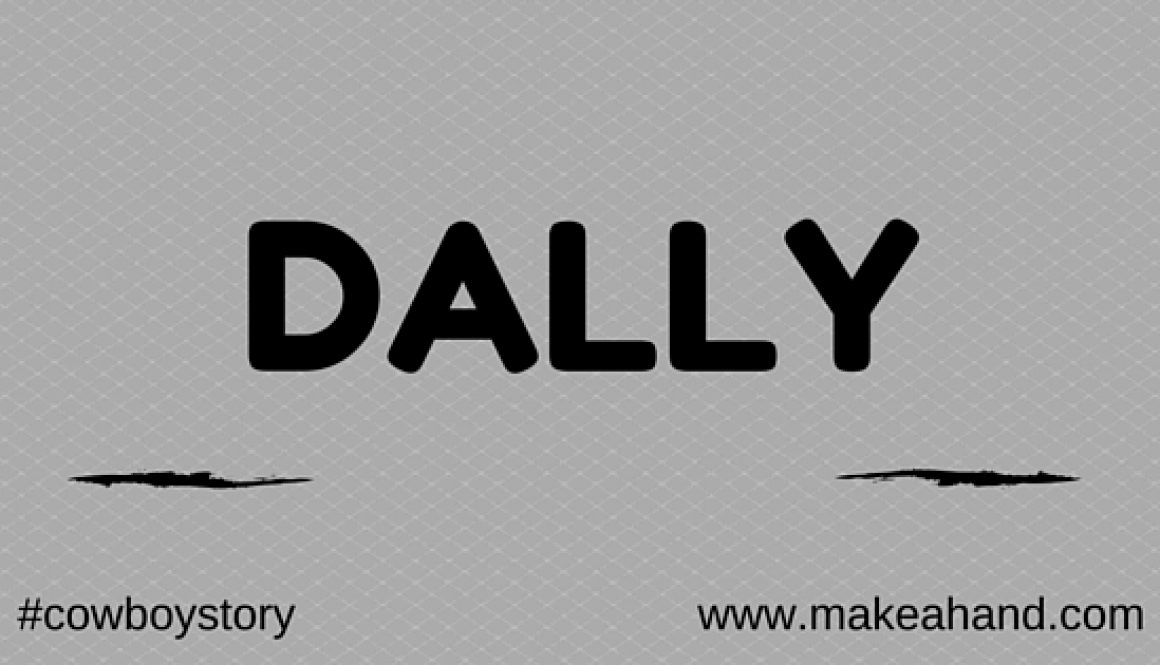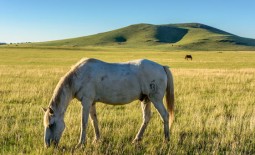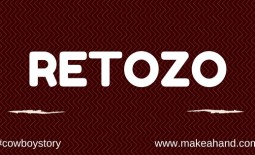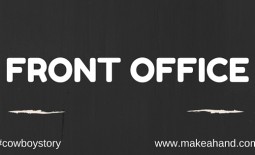Dally
The cowboy term “dally” comes from the Mexican dale vuelta. A cowboy’s dallies are the wraps he take on his saddlehorn with the end of his rope after he has snagged his loop on a fleeing bovine. A dallying cowboy is a busy man. He has no leisure time in which to contemplate this dallying. If his dallies go wrong for him a cowboy can lose a finger or even a hand between the dally and the saddlehorn. Because of this danger, a cowboy cannot be considered to be dallying in the ordinary sense of the word, as in dilly-dallying.
The true dally hand uses a long rope and a smooth horn. The Mexican vaquero is a true dally hand because he work in country where stock is light and saddletrees are not as strong as tree stumps. His ropes are handmade rawhide or short-fibered maguey and are easily broken by a sudden jerk. Horses are small. Cattle are raised a long way from market and must be handled carefully. A vaquero lets his rope run and burn on his saddlehorn so he will not jerk down his steer, bust his horse, break his saddletree, or snap his rope. Dallying is for small horses, cattle a man has to wait on, and men who have to be careful with their livestock to make a living.



